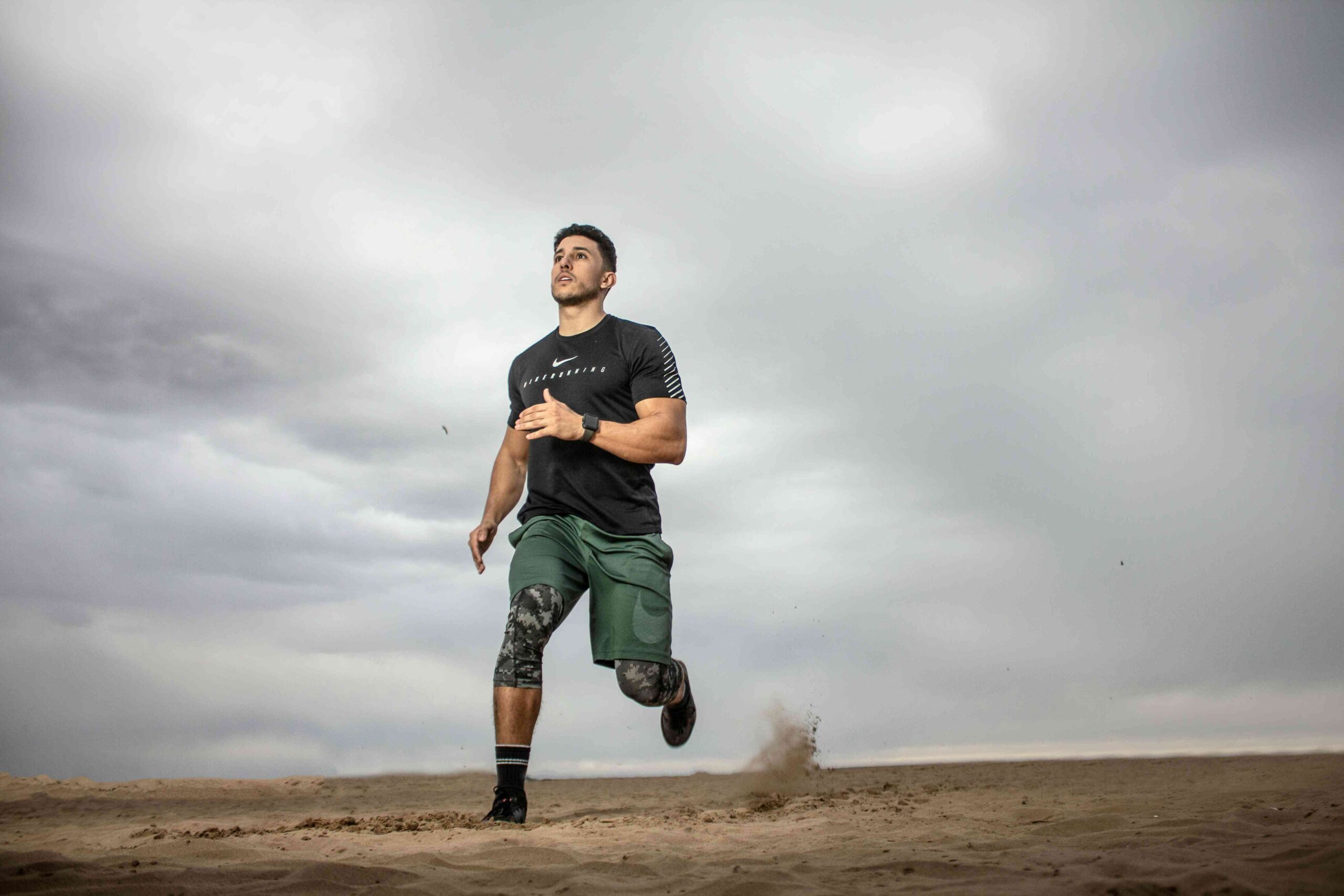
In our busy, always-on world, it’s easy to let movement slip down the priority list. But staying active doesn’t just help us look better—it helps us feel better, think clearer, and live stronger. Whether you’re a seasoned athlete or just starting your fitness journey, the right kind of movement can transform your day—and your life.
Why we need to move
Our bodies were built for movement. Yet many of us spend hours each day sitting at desks, in traffic, or glued to screens. This lack of physical activity can lead to fatigue, stiffness, poor posture, and even low mood.
Regular exercise has been shown to:
- Reduce stress and boost mood
- Improve sleep and mental clarity
- Support heart, brain, and joint health
- Increase strength, flexibility, and energy
- Strengthen the immune system
- Help manage weight and reduce risk of chronic diseases.
Even small, consistent efforts—like a short daily walk, a few yoga stretches, or a weekly strength session—can add up to big results.
Different movement, different benefits
While the NZ Ministry of Health recommends adults engage in at least 2.5 hours of moderate-intensity or 1.25 hours of vigorous-intensity physical activity per week, spread throughout the week, the beauty of exercise is that there’s no one-size-fits-all approach. From gentle stretching to high-intensity training, different styles of movement support different aspects of wellbeing.
Moderate vs Vigorous Exercise
Moderate-intensity exercise involves a level of effort that raises your heart rate and breathing but still allows you to hold a conversation. Examples include brisk walking, cycling, swimming, hiking, water aerobics, dancing, and many forms of yoga. Even household tasks like vacuuming or mowing the lawn can count.
Vigorous-intensity activity, on the other hand, noticeably elevates heart rate and breathing to the point where talking becomes difficult. Activities like running, interval training, sports, martial arts, heavy yard work, EMS (electro muscle stimulation), pilates or high-intensity strength circuits fall into this category.
Both forms of activity offer powerful physical and mental benefits, and combining them can be especially effective for improving cardiovascular fitness and metabolic health.
the science-backed benefits of purposeful exercise
Purposeful exercise means moving with intention—whether that’s building strength, enhancing endurance, or improving mobility and recovery. Here’s what the research shows:
💪 Strength Training
Recommended at least twice a week, strength training (also called resistance training) uses external force (like body weight, free weights, bands, or electrical impulse) to stimulate muscle growth and functional strength. It helps:
- Increase lean muscle mass and metabolism
- Improve posture, stability, and joint protection
- Support bone density and longevity
❤️ Cardiovascular Conditioning
Cardio training strengthens the heart, lungs, and circulatory system. It’s essential for improving endurance, increasing energy levels, and supporting emotional resilience. While traditional methods like running and cycling are effective, time-efficient approaches such as circuits, functional workouts, or full-body EMS training also deliver impressive cardiovascular benefits by engaging multiple muscle groups and elevating heart rate.
High-intensity training has the added advantage of boosting BDNF (brain-derived neurotrophic factor), a protein that supports brain health, memory, and cognitive resilience. In other words, cardio doesn’t just strengthen your body—it helps your mind thrive too.
🧠 Brain & Mental Health
The mental health benefits of intentional movement are powerful and well-documented. Exercise increases feel-good chemicals like dopamine, serotonin, and endorphins, helping to reduce symptoms of depression, anxiety, and ADHD. It naturally enhances mood, emotional balance, and overall mental well-being.
Movement also supports learning, memory, and cognitive function. Thanks to its ability to elevate BDNF, regular high-intensity exercise is especially effective for promoting long-term brain health and protecting against cognitive decline.
🧘♀️ Flexibility, Core & Recovery
Exercises that prioritise mobility, balance, and postural control are essential for long-term performance and injury prevention. Practices that involve slow, intentional movement can:
- Improve flexibility and joint range of motion
- Strengthen the core and enhance spinal alignment
- Support circulation and muscular recovery
Heated environments can assist with muscle pliability and relaxation, while breath-led movement and stability-focused sessions are excellent for deepening body awareness. Low-impact formats that emphasise core control and functional alignment—such as mindful mat-based practices, low-impact resistance methods, and rhythmic movement styles—are especially beneficial for those looking to improve balance, posture, and resilience over time. Additionally, gentle recovery tools that use technology to relax and stimulate muscles can accelerate the body’s natural repair processes.
the bottom line: embrace movement for life
There’s no perfect way to move—only the way that works for you. From walking and dancing to EMS training, lifting weights or flowing on a mat, what matters most is consistency and enjoyment. Movement doesn’t just shape our bodies; it uplifts our minds, boosts our confidence, and empowers us to handle whatever life throws our way.
Start where you are. Stay curious. And keep moving toward your best self—one step, one breath, one workout at a time.
About the author:

Christine is the founder of Breflex Fitness and has personally experienced how purposeful movement can transform lives. After being diagnosed with chronic migraines in 2021, she sought fitness methods that wouldn’t trigger symptoms or demand long hours. Discovering EMS training became a game changer, allowing her to stay strong and energised with efficient, 20-minute sessions.
By combining EMS with mindful practices like Hot Yoga and Pilates, Christine developed a holistic approach to wellbeing. This inspired her to create Breflex—a welcoming space where innovation meets tradition, helping people of all fitness levels move smarter, feel better, and build lasting strength.
Get in touch with Christine Paul:
📧 [email protected]
📞 027 316 9476
📍 29C Silverdale Street, Silverdale
Discover more at www.breflex.nz
